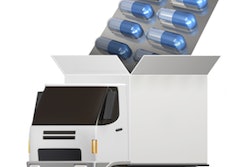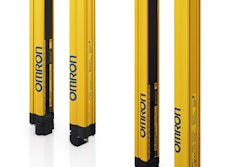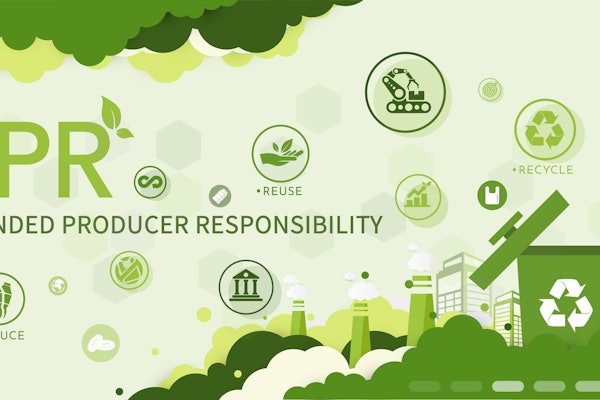This content was written and submitted by the supplier. It has only been modified to comply with this publication’s space and style.
Walgreens announced its plan to acquire Rite Aid for an estimated $17.2 billion, a deal which signifies the company’s intention of effectively competing with CVS Health’s and Target’s pharmacy merger in June of this year. As a reult of these mergers, the Pharmacies and Drug Stores industry is likely evolving into a duopoly.
OVERVIEW
Walgreens announced its plan to acquire Rite Aid for an estimated $17.2 billion, a deal which signifies the company’s intention of effectively competing with CVS Health’s and Target’s pharmacy merger in June of this year. Currently, Walgreens is expected to make up 31.0% of the Pharmacies and Drug Stores industry, with Rite Aid comprising an additional 10.3% of market share. Comparatively, CVS alone accounts for 58.1% of the total Pharmacies and Drug Stores industry. Walgreens expects that the merger will result in over $1 billion in operational synergies, which may be key to competing in an industry that is increasingly prone to competition from mail-order prescription companies and wholesalers, among a myriad of other competitors.
IMPACT
Walgreens’ strategy is to become a one-stop shop for wellness. Both Walgreens and Rite Aid share the vision of becoming a key intermediary in the health and wellness sector, evidenced by both companies offering flu vaccines and other vaccinations. Moreover, Walgreens is poised to tap into an excess supply of patient demand for care in line with the physician shortage, demonstrated by Walgreens’ expansion of its Take Care Clinics since 2013. Similarly, Rite Aid, through its Health Alliance pilot program, has partnered with local physicians and patients alike to help bolster prescription compliance and mitigate complications. Overall, focusing on chronic health ailments has been a key strategy for both Walgreens and Rite Aid, which will likely allow the companies to share the costs of this service expansion. .
For example, Walgreens has appealed to patients with chronic conditions by offering chronic health management services and other preventive health services. Moreover, Walgreens will benefit from Rite Aid’s partnership with GNC, which allows Rite Aid to retail vitamins, mineral supplements and other products via a store-within-a-store format, thus operating under the GNC banner. Both companies have derived a significant share of their pharmaceutical sales from third-party payors, including pharmacy benefit management (PBMs) companies, government agencies and managed care organizations (MCOs), with Rite Aid grappling with the top five third-party payors making up more than 65.0% of their pharmaceutical sales.
As PBMs have consolidated, this has increased their leverage to negotiate contracts with pharmacies, potentially resulting in some pharmacies being excluded from a PBM network altogether. For example, in 2012, Walgreens was excluded from being characterized as Express Script’s preferred pharmacy provider for TRICARE patients. The Walgreens and Rite Aid merger will poise Walgreens favorably in the PBM market, partly due to Walgreens’ acquiring Rite Aid’s Envision Pharmaceutical Services (EnvisionRx) PBM.
FORECAST
Thanks to CVS Health and Target merging in June of this year, the Pharmacies and Drug Stores industry is likely evolving into a duopoly. Over the five years to 2020, industry revenue is forecast to grow at an annualized rate of 2.9% to $303.7 billion. As pharmacists increasingly handle more high-cost drugs, namely biologic drugs, it will be imperative for pharmacies to effectively train employees to dispense these drugs. For example, implementing a clinical decision support system in the pharmacy setting may assist pharmacists with monitoring patients and bolstering their health outcomes, adding to pharmacies’ costs. As pharmacies and drug stores are viewed as an integral intermediary between patients and physicians, then acquisitions will become increasingly key to manage costs and streamline care.
Moreover, if drug reimbursements continue to lag behind drug prices, then some pharmacies may dispense drugs and operate at a loss. For example, as the price of some generic drugs has spiked, some PBM reimbursements have been slow to keep up, cutting into profitability for pharmacies. As some PBMs steer patients within their network to use mail order pharmacies, strong market leverage on the behalf of brick-and-mortar operators in the Pharmacies and Drug Stores industry may be key to mitigating this trend.





















